The situation-based perspective provides a structured approach to thinking through specific situations with the aim of understanding and enhancing capabilities needed to address change forces.
Situations represent a set of potential scenarios affecting state DOT leadership and practitioners. These situations are meant to be specific enough to provide practical, implementable guidance, but flexible enough to accommodate a broad set of circumstances.
One benefit of examining the impact of capabilities through the lens of situations is in providing a structured approach to thinking through multiple facets of a scenario. Each of the two-page situation-based guidance stories includes a common set of elements:
• Context for the how the situation may arise,
• Description of the change forces precipitating the situation,
• Essential capabilities required to respond to the situation,
• Strategies for adapting to the change force described in the situation,
• Resources that can be used to implement the strategies
The guidebook reflects a sample of current situations of interest to state transportation agencies. It will be expanded over time in the online guidance platform as new challenges, needs, strategies and resources emerge.
The following situation-based guidance stories represent a curated set of critical topics facing State DOTs at the time of publication. Click a box below for a brief introduction to a situation, and follow the links provided for more information.






